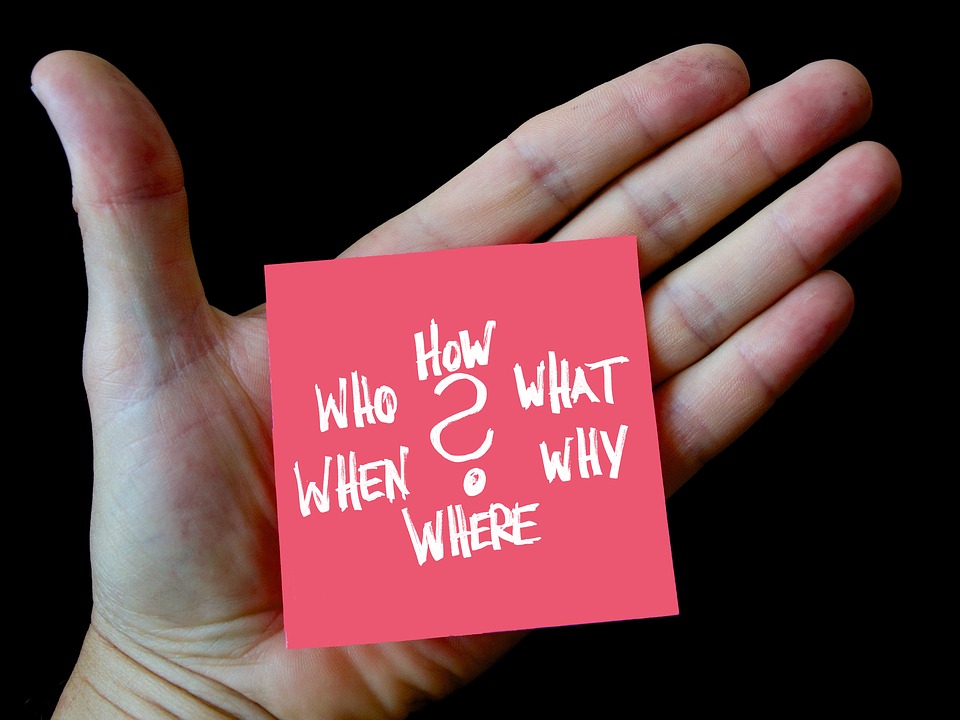Your cart is currently empty!

Help With Creative Writing, Post
Help With Creative Writing
Help With Creative Writing gives step by step guidance. As parents you can help your child with writing tasks. It could be a creative writing task, a factual account, instructions on how to make something or a recount of an experience of their own. Creative writing tasks often challenge children, so here are some simple suggestions. Try to follow in sequence starting with Step 1 below.
Help With Creative Writing is for the older student.
Link about creative writing more suited to younger students: Creative Writing – Steps, Post
A product on Tutoring Primary focused on creative writing: “Bertie and the Crocodile” Grades 5-6
Step 1 Make A List
Teachers say, “Make a plan”. In my view, that is not the first step.
Tell your student to “Make a list”.
The list is their thoughts and ideas on the topic. Avoid the word ‘brain-storm’. It’s just a cliché that does not make much sense to students. Write ideas, opinions or information in a list as they come to them.
Step 2 Group the ideas:
Using a different coloured pencil, help the student to put ideas into a sequence, or common ideas together. You are bundling thoughts together in some way.
From about 8 to 10 points in the list they may end up with 4 groups. These will be the basic form of the whole text.
Step 3 Organise the groups:
- The student will start to see their writing project taking shape. Each group of ideas will form a paragraph.
- Draw a rectangle in a different colour around each group.
- Discuss each group in turn with the student/s.
- Does he have anything else to add?
- Does anything need to be taken out and put into another group?
Step 4 How to start the introductory lines:
- It helps to begin with a noun. This is the subject of the first sentence. Make the first sentence general and short.
- It helps to use words from the topic that he has to write about. Student’s topic is: “Fast Cars are the Best Cars”. His opening sentence could be “Fast cars can be the best cars but not always.” Or it could be “Fast cars are always the best cars.”
- That is now the topic sentence.
- All other sentences that follow in that first paragraph are based on that statement.
Make the introductory paragraph quite short.
Step 5 Two or three middle paragraphs
Again, begin each paragraph with a short and general statement. He is now getting into the DETAIL of the writing project. Try to begin with a noun. For example,
“Fast cars are well built. They have powerful engines and
so they have a safe design of the body.”
The rest of that paragraph may only have 3 or 4 sentences but each sentence will revolve around the ideas of speed and good construction. These points are in the topic sentence.
The next 1-2 paragraphs will each make a further important point in the topic sentence. Again, start with a noun so it’s easy for the child to get going. For example,
“Good cars can’t keep you safe all the time. A bad driver in a good car is not safe.”
Step 6 Writing the conclusion:
In a couple of sentences, depending on the topic, show your child how to draw the threads of their text together.
- Ask what they think about their topic after writing it.
- Avoid writing what has already been written in the opening lines. Instead, draw on the middle paragraphs to write the concluding paragraph.
- Use short sentences. Start with nouns if that helps. Use words from the middle paragraphs to write the ending.
Think of it this way. Your child is not going around and ending back at the beginning. It seems to me that many teachers give children the notion that they begin with ‘the introduction’ and when they get to ‘the conclusion’ they re-state what is in the ‘introduction’.
-
- You could explain to the stuent that they is going forward, not around in a circle.
- The student should feel good with a sense of achievement!
Final Copy That was the draft.
-
- Your child should leave it overnight and come back to it at another time. Read it again slowly and aloud. At the end of each paragraph ask them if he spotted any errors in spelling or punctuation.
- Then you look over it.
- Underline any problem you see and give it back to them. Ask if he can see the problem as well. Let them think about it without giving the answer. If they can’t see it, then tell them.
- Copy the draft carefully into a final piece. The practice does the child a lot of good whether on keyboard or hand writing.
- Finally, ask your child if they is happy with their work.
Help With Creative Writing should really help!